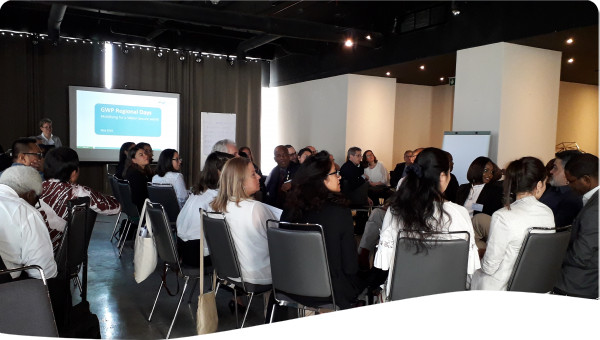Both mediation and facilitation can be found along the continuum of alternative dispute resolution (ADR) techniques (Figure. 1), which include unassisted and assisted dispute resolution, as well as third party decision making. The first one refers to negotiations (Tool C6.01), which is also considered one of the building blocks of assisted procedures. Third party assisted techniques, such as mediation and facilitation, let the parties involved have the decision-making authority as opposed to third-party ruling (Priscoli, 2003). In other words, mediators and facilitators have no power to impose an outcome on disputing parties (Goldberg et al., 2012). Facilitation is similar to dialogue, an instrument used to foster relationship and reach consensus among a large group of stakeholders (SIDA, 2018). Facilitator is a more general term applied to anyone guiding various processes from discussions to workshops when mediator focuses on conflict management specifically (Engel and Korf, 2005). Mediation is thus used in more polarised situations to break impasse (Priscoli, 1996). It is defined as “a process whereby a third party assists two or more parties, with their consent, to prevent, manage or resolve a conflict by helping them to develop mutually acceptable agreements” (UN, 2012, 4).
Figure 1. Continuum of ADR techniques (Adapted from Viaconflict, 2012)
 Tool -
Tool -




